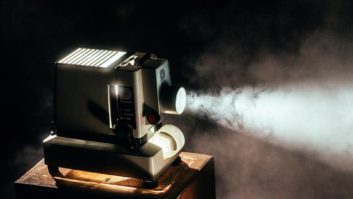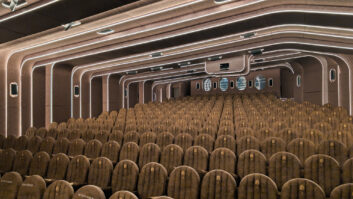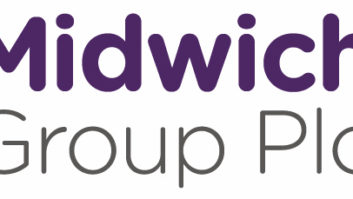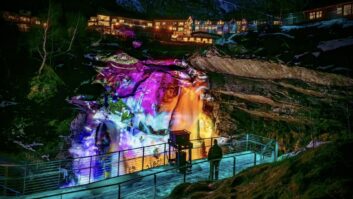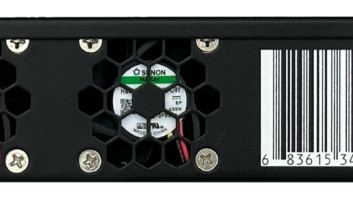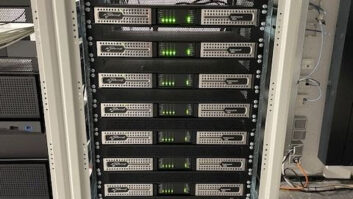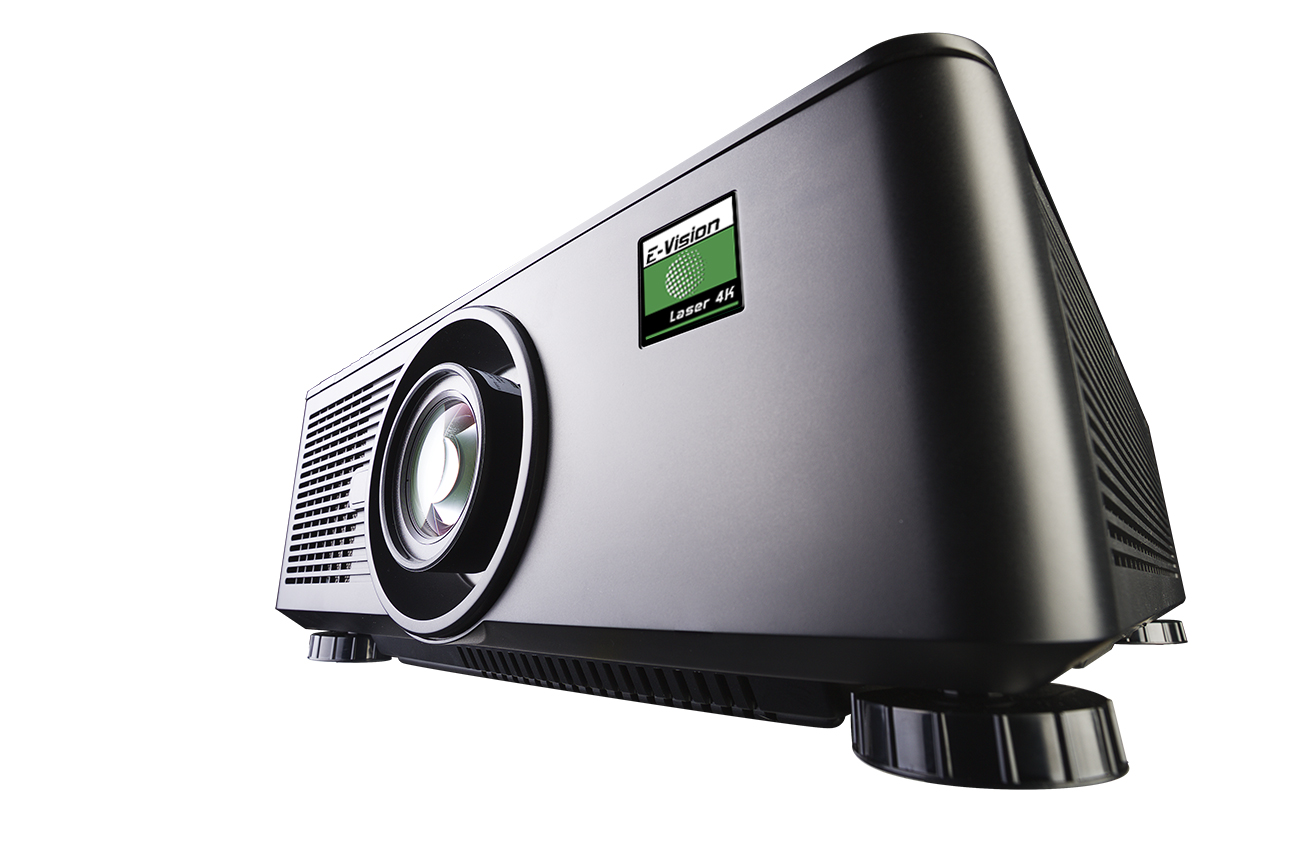
When it comes to setting up projectors in classrooms, lecture halls and auditoriums, how much brightness is enough? AV technology’s Brian Nadel explores
As is the case with so many things on today’s campuses, the answer depends on where you are and what you you’re doing.
The typical classroom projector can get by with between 2,500 to 3,500 lumens of brightness. This should be plenty for the teacher to project the lesson to students onto an 8- or 9-foot screen with the lights on and window shades up without the image getting washed out.
Upsize that to one of the school’s lecture halls and you’ll want a projector that puts out closer to 5,000 lumens. This should be more than enough to fill the room’s 20-foot screen so that everyone will be able to see a sharp, bright image.
In the school’s auditorium, where you could easily have a 50-foot screen for a large art history lecture, concert or movie, you’ll need to think big. Here, a projector capable of delivering at least 10,000 lumens is required. Anything less would risk having a faded image and a frustrated audience squinting at the screen.
Across the board, instead of lamps, today’s brightest projectors use lasers to produce a clear, bright and reliable image. The key is that regardless of the projection technology, lamps produces a range of colours that covers the full spectrum of visible light from red to violet. By contrast, lasers deliver intense beams of light in very specific wavelengths, allowing greater control over a projector’s output and the ability to minutely adjust the image’s colour balance to get it just right.
While there are projectors that have individual lasers for red, blue and green light, the most popular solid-state illumination engines start with an intense blue laser. Its beam is sent to a spinning phosphor disc that converts a portion of the light into a stream of yellow light. This gets split by a prism or colour wheel into green and red rays. Finally, these four streams – blue, yellow, green and red – are precisely combined, bounced off the imaging target and then sent to the output lens and on to the screen.
A big bonus is that laser projectors are generally more efficient users of electricity and run cooler. For instance, NEC’s NP-PX1004UL projector uses lasers to create its 10,000-lumen output. Along the way, it consumes 1,220 watts of power or 1.22 watts per lumen. By contrast, Christie’s HD10K-M projector uses a pair of high-pressure 350-watt lamps to put the same 10,000 lumens onto a screen, but requires 1,320 watts, or 1.32 watts per lumen.
With a rated lifetime of 20,000 to 30,000 hours, the typical laser lighting engine could run for at least a decade
This 8-percent higher power draw not only translates into higher electricity bills and operating expenses, but it also means that more heat needs to be dispersed to prevent overheating. In fact, the Christie projector puts out 4,500 BTUs per hour, or roughly the equivalent of a room-sized space heater.
With a rated lifetime of 20,000 to 30,000 hours, the typical laser lighting engine is more dependable and could run for at least a decade, even if it’s used for 8 hours every school day. In those years, you’ll never have to climb a ladder to change a burned-out lamp or experience a visible change in the colour of its light over time.
As a result, many laser projectors, like NEC’s PX1004UL come with a 5-year warranty. Most of the competition covers their products for three-years.
In other words, the laser lighting elements in today’s large venue projectors can not only deliver cleaner, more dependable images to create a digital learning zone, but they will likely outlast the rest of the projector.

